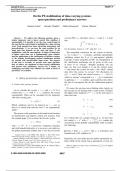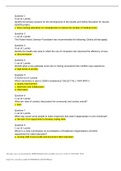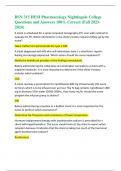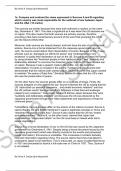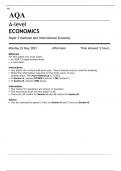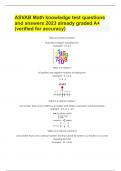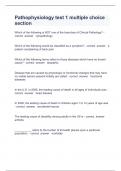Exam (elaborations)
Onthe PEstabilization of time-varying systems: open questions and preliminary answers
- Course
- Institution
Onthe PEstabilization of time-varying systems: open questions and preliminary answers Antonio Lor´ ıa† Antoine Chaillet† Abstract— We address the following question: given a double integrator and a linear control that stabilizes it exponentially, is it possible to use the same c...
[Show more]
